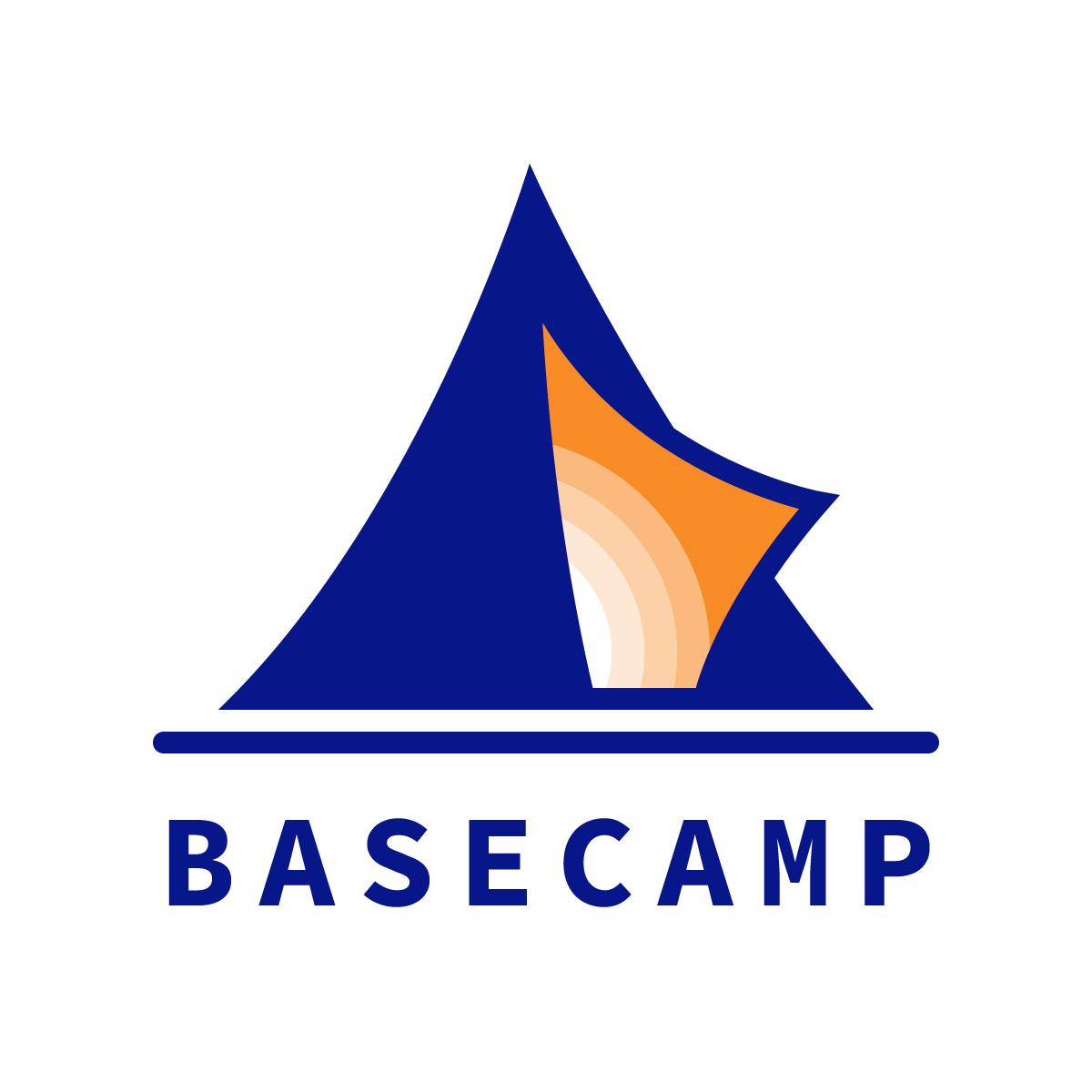Future of Learning Top Reads for week of Feb 25 2019
“What (& Where) Are the World’s Most Transformational Schools?” by Sam Chaltain, on samchaltain.com
“What I find so useful about the QED model is the way it identifies the central pillars of a high-quality education, and then demarcates what each pillar looks like in a traditional, transitional, and transformational setting.
“In a traditional school, for example, we tend to assume the student bears the primary responsibility for learning; in a transitional environment, that responsibility shifts to the teacher (see, e.g., just about every recently proposed accountability policy in the U.S.); but in a transformational context, the responsibility is shared via a learning team that includes, and extends beyond, teacher and student.”
Why does this matter to the future of learning?
QED’s model provides a compelling (and perhaps sobering) model for the transformations that schools must undertake to remain relevant.
How does your school stack up?
***
“Why the Future Belongs to Polymaths” by Zat Rana, on Medium
“Learning itself is a skill, and when you exercise that skill across domains, you get specialized as a learner in a way that someone who goes deep doesn’t.
“You learn how to learn by continuously challenging yourself to grasp concepts of a broad variety. This ironically then allows you to specialize in something else faster if you so choose. This is an incredibly valuable advantage.”
Why does this matter to the future of learning?
Most schools set up discipline-based departments. It shouldn’t surprise us, then, that students think they are supposed to become specialists in 5 or 6 separate things—all at the same time.
A few schools organize learning around solving big problems. These problems become platforms for “grasping concepts of a broad variety,” and hence create the conditions for learners to think like polymaths.
The future will reward those who have learned how to learn more than it will reward specialists.
Is your school forming specialists or polymaths?
***
“The Big Idea: Ambitious Learning Goals,” by Barry Fishman, in The Academic Innovation @ U. Michigan blog
“Over the past two decades, many of the faculty involved in designing the Big Idea have observed that their students appear to be increasingly conditioned by these assessment and accountability pressures, and in response need to be given increasingly explicit instructions about not only how to complete assignments, but also in terms of what to think about.”
Why does this matter to the future of learning?
This is an unsettling portrait of the contemporary learner from one of America’s flagship public universities.
The Big Idea program, an R&D lab at U. Michigan, offers this solution:
“To address this disconnect between business-as-usual in higher education and the unusual demands we expect our students to face in the future, the Big Idea is built around problem identification, problem solving, and preparation for ambiguity. We want graduates to have the skills and experience to make sense out of seeming disorder, in order to make progress on the really big problems facing communities, organizations, and societies.”
We created Expeditionaries to support schools in designing similar learning experiences.
What kinds of learning at your school help students to “make sense out of seeming disorder”?
***
Question of the week:
***
Thank you for reading this post from Basecamp's blog, Ed:Future. Do you know someone who would find the Ed:Future blog worthwhile reading? Please let them know that they can subscribe here.



